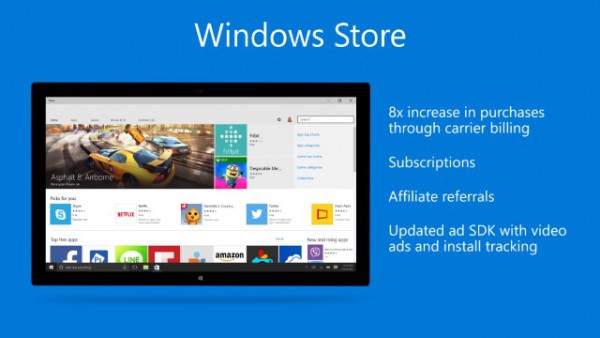
When people decide to start new ventures, the traditional ways of obtaining financing have typically involved asking friends or family for money, using savings or credit cards. Some entrepreneurs may opt to obtain financing via venture capital firms. However, venture capitalists tend to be very picky about the types of ventures that they will fund and there are often stringent terms attached to any funding that is granted.
As a result, crowdfunding has offered an alternative option that allows entrepreneurs to get access to capital without so much red tape. Crowdfunding sites, such as Kickstarter, have built entire companies on the dreams of entrepreneurs looking to make their ventures the next big thing. However, the reality is that working with a crowdfunding site isn’t always a formula for success either.
Why Many Kickstarter Campaigns Fail
According to statistics published by Kickstarter, roughly 60 percent of projects are successfully funded. That leaves a whooping 40 percent of projects that were unsuccessfully funded. The number of projects, both successfully funded and unsuccessfully funded, that have been posted to the site is roughly 234,000.
Kickstarter also says that its platform appears to be "all or nothing" for most projects because the majority of failed projects did not even meet more than 20 percent of the funding goals. To date more than $1.8 billion (£1.1 billion) has been pledged to various projects on the site.
Crowdfunding projects can fail for a number of different reasons. These reasons include:
- Lack of social presence to bring enough awareness to the campaign
- A poorly defined vision for the project
- An unclear plan for achieving the project’s goals and objectives
- The crowdfunding project idea is not unique offers nothing new
- Project funding goals are set too high
As a result, creating a successful project requires significant preparation. Even with the best intentions, the project may still fail to reach its funding goals.
When Is It Time to Give Up?
Giving up on a crowdsourcing project is not an easy decision to make. However, if the project is receiving little interest or the project has not been marketed effectively to audiences that might be interested, this is a good indication that it is time to give up.
However, there is a chance that the project may be successful on the second attempt. "If you managed to attract strangers to your project from the Kickstarter community, that is a very encouraging sign that you will be able to make a bigger splash the second time around if you put more energy into moving that funding meter as quickly as possible”, says Salvador Briggman, blogger, entrepreneur, and web developer at CrowdCrux.
Tips For Running a Successful Kickstarter Campaign
Since the failure rate of Kickstarter campaigns is so high, proper planning is a must. It is essential to have an established social presence, as well as access to potential investors that have the funds to make the project happen.
Andrew Cravenho, CEO of CBAC LLC, recommends building an email list for the project. "If possible, create a landing page for your project to collect the email addresses of your potential investors/funders. Most importantly, you need to communicate with them on a regular basis to establish trust so that your investors don’t get cold feet when it comes to putting their money on your project", he says.
Creating dedicated landing pages and videos to promote the project can also increase awareness. Visual elements are essential for helping potential investors understand and connect with the goals of the project. Once the campaign is launched, adding additional time to the projected date of delivery will also ensure that the project is delivered as promised.
Published under license from ITProPortal.com, a Net Communities Ltd Publication. All rights reserved.
Photo Credit: Andrey_Popov / Shutterstock

























